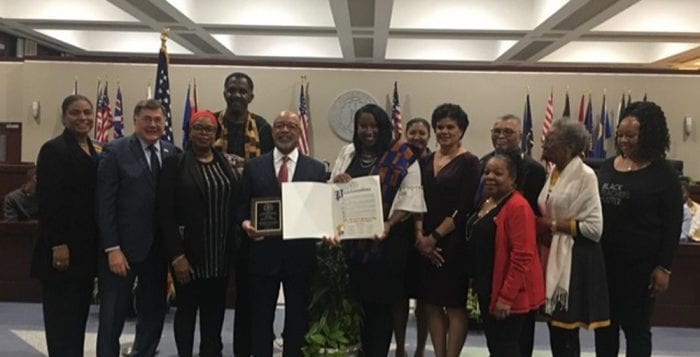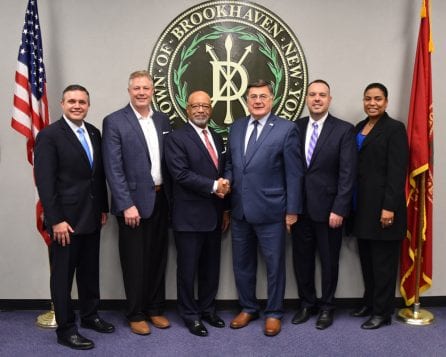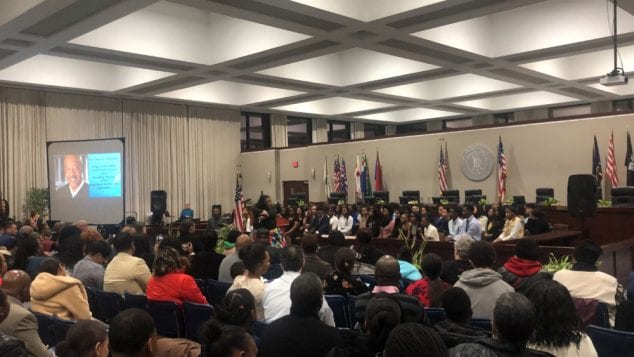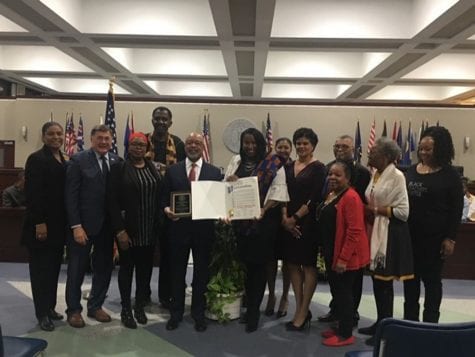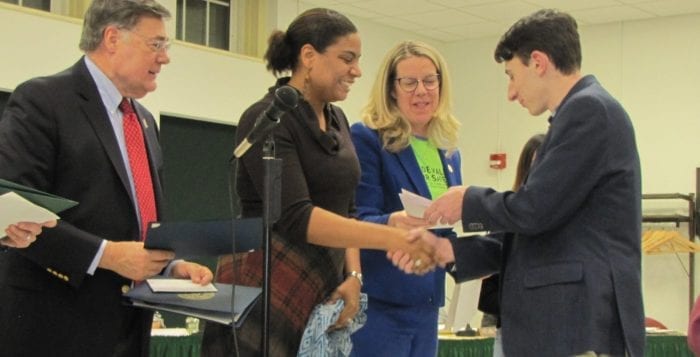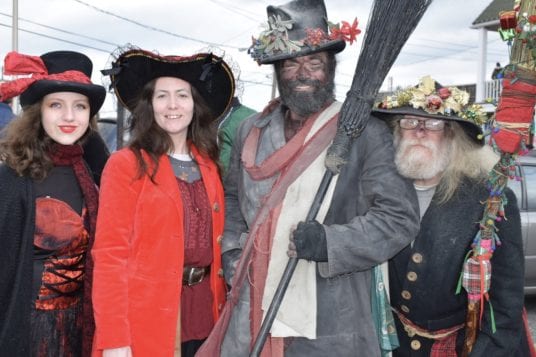By Perry Gershon
Suffolk County has a water crisis. We must do all we can to control our nitrogen waste to protect our drinking water, our soil, our rivers and our bays. The county and many of our towns have initiated rebate programs to encourage homeowners to install clean, nitrogen-removing septic systems. Suffolk County’s program, known as the Septic Improvement Program, or by the acronym SIP, has become a political football, and it’s the public and the environment that are the losers.

SIP was designed to direct county payments directly to contractors, bypassing individual participants so their rebates would not be taxed as income. Suffolk County’s tax counsel delivered an opinion to the county attorney ruling that 1099 forms from SIP should go to contractors and not to consumers. This should have been the end of the story. However, Suffolk County Comptroller John Kennedy (R), while engaged in a campaign against County Executive Steve Bellone (D) during the elections last year, disagreed with the tax opinion and inquired of the IRS if county payments might be taxable to homeowners? Despite protestations from the county and Senator Chuck Schumer (D-NY), the IRS, always in need of funds, said yes, why not? The ruling was issued earlier this month. So now unsuspecting homeowners are receiving 1099 forms reporting unforeseen additional taxable personal income. What is essentially a new tax is sure to both impact those who already participate and dissuade future participants.
What can be done? Bellone and his administration are working to come up with alternative structures for the SIP program. Perhaps more can be done to clarify that transactions are between the county and the contractors to satisfy the IRS? Or perhaps an offsetting tax rebate can be legislated? Congressman Tom Suozzi (D-NY3) has written a letter to the IRS demanding they reconsider the decision. But Congressman Lee Zeldin (R-NY1) remains silent. Instead of joining Suozzi, Zeldin seems to support his fellow Republican Kennedy and once again ignores ways to save money for his constituents.
Does this surprise you? It should not, given Zeldin’s poor record historically on environmental and financial matters. Or that Zeldin has recently worked against New Yorkers on the repeal of the SALT cap and on Trump’s retaliation against the state by suspending New York applications to the Trusted Traveler program. Zeldin’s Twitter feed offers perpetual praise of the president, attacks on our governor, but not a word on the septic taxation issue. Long Island needs representatives who will work for us — who have our back when the federal government takes shots at us. Zeldin doesn’t fight for us. We have a chance in November to show him how wrong that is.
Perry Gershon is a national commentator on business, trade, policy and politics. A congressional candidate for New York’s 1st District, he holds a bachelor’s degree from Yale and a master’s in business administration from the University of California, Berkeley.





